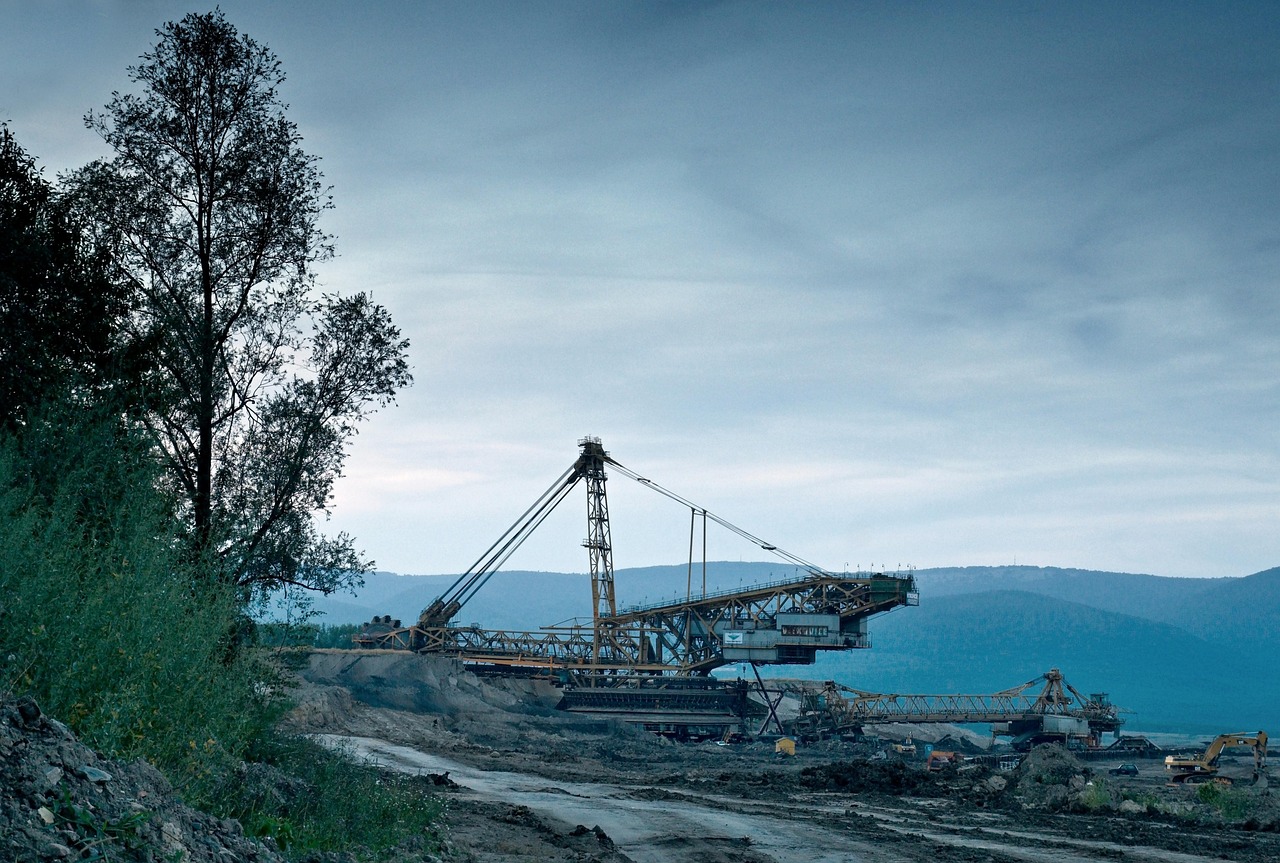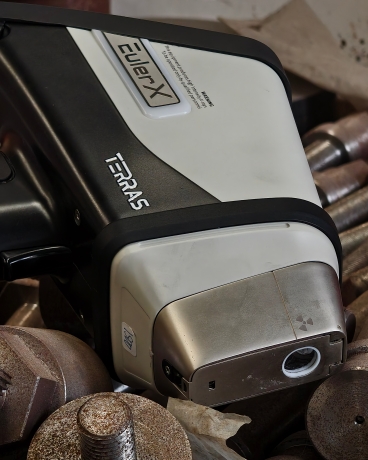
Mining
A high-tech enterprise focusing on the development and application of X-ray technology products, committed to becoming a leading supplier of X-ray industrial testing solutions.
Understanding XRF Mineral Analyzer Technology and Its Applications
In the world of mining, geology, and material science, accurate and efficient analysis of mineral composition is essential. One of the most advanced tools available today for this purpose is the X-ray fluorescence (XRF) mineral analyzer. This technology has revolutionized how professionals identify, classify, and manage mineral resources—saving both time and money while improving precision.
In this article, we’ll break down how XRF mineral analyzers work, their key benefits, and the wide range of applications they serve.

What Is XRF Technology?
X-ray fluorescence (XRF) is a non-destructive analytical technique used to determine the elemental composition of materials. When an XRF analyzer directs X-rays at a sample, the atoms in the sample become excited and emit secondary X-rays. These emitted X-rays are unique to each element, allowing the analyzer to identify which elements are present and in what concentrations.
XRF technology has been adapted into handheld, portable, and benchtop devices, making it suitable for use both in the field and in the lab.
How XRF Mineral Analyzers Work
In the context of mineral analysis, an XRF analyzer is used to determine the concentrations of major, minor, and trace elements in rocks, soils, and ores. Here's a simplified overview of the process:
X-rays are emitted from the analyzer toward the sample.
Atoms in the sample absorb energy and become excited.
Fluorescent X-rays are emitted from the atoms as they return to their stable state.
The analyzer detects and interprets these X-rays, generating a precise elemental profile.
This entire process takes place in seconds, enabling rapid decision-making in the field or lab.
Advantages of XRF Mineral Analyzers
1. Non-Destructive
XRF analysis doesn’t alter or damage the sample, making it ideal for preserving geological integrity.
2. Portable and Fast
Modern handheld XRF analyzers can be used in remote field locations, providing results in real time—essential for mineral exploration and mine planning.
3. Multi-Element Detection
A single scan can detect dozens of elements, including iron (Fe), copper (Cu), zinc (Zn), lead (Pb), arsenic (As), and many others.
4. Cost-Effective
Compared to lab-based methods like ICP (Inductively Coupled Plasma), XRF is less expensive and does not require extensive sample preparation.
Common Applications of XRF in Mineral Analysis
● Exploration and Prospecting
Geologists use XRF devices to quickly evaluate rock and soil samples, helping to identify promising mineral deposits on-site.
● Mining Operations
XRF technology helps with grade control, ensuring that ore meets quality standards before it’s sent for processing.
● Environmental Assessment
Detecting heavy metals or contaminants in soil and water samples is critical for environmental impact studies, and XRF provides a fast screening method.
● Research and Education
Universities and research institutions use XRF for geological studies, helping students and researchers understand mineral distribution and formation.
● Quality Control in Processing
Processing plants use XRF to monitor feed materials, tailings, and final products to ensure consistent composition and quality.
Limitations to Consider
While XRF is a powerful tool, it does have limitations:
Lower sensitivity for lighter elements such as lithium, beryllium, or boron.
Surface-level analysis only—coated or dirty samples may affect results.
Calibration and matrix effects—accuracy can vary depending on the sample’s mineralogical makeup and proper instrument calibration.

Terras EulerX500 Handheld Mining Analyzer
The Terra Scientific EulerX 500 Handheld XRF Analyzer delivers lab-quality elemental analysis on-site for mining, exploration, and geoscience applications. With minimal sample prep, it rapidly detects rare earth elements and key oxides—from raw materials to finished products—helping optimize drill targeting, discovery rates, and resource recovery. Built for rugged field use, it enhances efficiency and decision-making in volatile commodity markets, ensuring faster, more sustainable mining operations.
Conclusion
XRF mineral analyzer technology has dramatically changed how professionals in geology, mining, and environmental science perform elemental analysis. Its ability to deliver fast, accurate, and portable results makes it indispensable across a wide range of industries.
As the demand for mineral resources grows, so does the need for tools that can deliver real-time, on-site data—and that’s where XRF stands out.
Join Us
Subscribe to our email list for updates & promotions.



